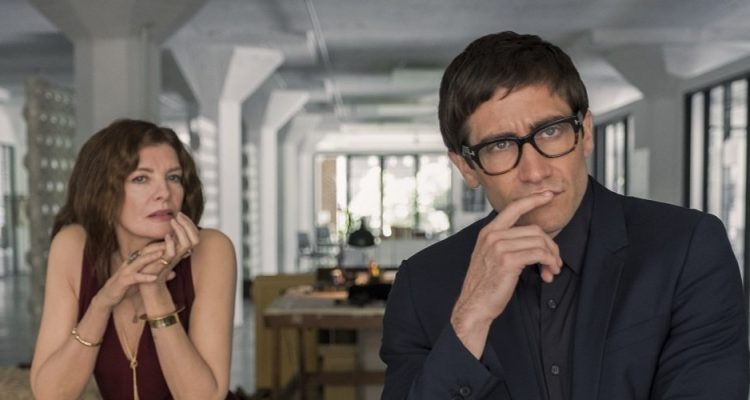In Dan Gilroy’s most recent horror/mystery film, “Velvet Buzzsaw,” viewers experience a suspenseful, yet unsettling and somewhat poorly filmed, story which leaves us feeling uncomfortable and dissatisfied.
After exploring the dark and desperate world of crime journalism in his 2014 thriller, “Nightcrawler,” Gilroy has taken to the cinematic world of mystery and violence. The director’s choice to cast Jake Gyllenhaal as the main protagonist Morf Vandewalt in “Velvet Buzzsaw” was a surprising choice as he had previously cast the actor in “Nightcrawler.” Although this is Gyllenhaal’s second performance with Gilroy in the past five years, this film shows a completely different side of Gyllenhaal in which he plays a clever, yet flamboyant, art critic set to the backdrop of Miami’s vibrant and affluent social sphere.
“Velvet Buzzsaw” follows several visionary artists through their journeys towards fame and glory as well as the ruthless things they do to advance their careers in the competitive world of art. As we follow these artists around, the viewer is introduced to the recently departed Vetril Dease (Alan Mandell), an artist who channeled his pain and trauma into his paranormal paintings. These paintings, we find out, have disturbing and supernatural abilities to attack whoever is looking at them. Despite a sincerely innovative and promising storyline, the film does not fulfill the excitement it was assumed to satisfy as its release as a Netflix Original on Feb. 1, 2019.
However, I am confident to say that Gyllenhaal’s performance is one of the only redeeming qualities of this poor attempt at a new and out-of-the-box experiment within the horror/mystery genre of cinema. Gyllenhaal’s insightful and emotional attachment to his character is evident throughout the film and it is simply a treat to see him embody the contemporary art critic which so many of us know and dislike. Although Gyllenhaal’s emotion and nearly spot-on portrayal of Morf Vandewalt gives the movie some redeeming qualities, the movie feels closer to bizarre and cheap than new and daring. “Velvet Buzzsaw” simply does not feel as if it was edited properly nor does the dialogue present any real essence. Scenes feel rushed and impersonal while the performances of most members of the cast are lifeless and dull.
Although the concept of the movie is quite intriguing, Gilroy made a poor attempt at trying to combine humor with horror. Despite having several “scary” scenes in the film, each of them were cut far too short and ended without satisfying the viewer. In fact, during some moments throughout this film, these “scary” scenes were almost laughable. These underwhelming horror scenes took a large toll on the quality of the film.
However, if Gilroy was attempting to shed some light on the world of art and depict it’s dry and witty humor which so many of these artists possess, he succeeded. The dialogue was comical and the blunt manner in which jokes were exchanged made them far more funny. John Malkovich’s character (Piers) is hilariously subtle in the delivery of his lines just as Gyllenhaal’s Wandewalt is intelligently straight-forward. The movie admittedly had several enjoyable comedic moments, however it was diminished by Gilroy’s attempt to return to the film’s dramatic and suspenseful origin after nearly every joke. Overall, “Velvet Buzzsaw” left me dissatisfied and wanting more from such a talented director. I would score this film as a 2.7/5 considering all aspects of the film.


Leave a Reply